I'm looking for a solution to create a colorbar with uniform tick labels (equally spaced along the colorbar) even if the bounds are non-linear. Currently, as the ticks are proportionally spaced based on the values of the bounds, the top part of the colorbar is quite stretched and the base is so compressed it is impossible to see which colors corresponds to which value. I want to keep the same color/value combinations, but with a tick label spacing that makes the colorbar legible.
The colorbar I get with my current code:

Here's the code I used:
import matplotlib as mpl
from matplotlib.backends.backend_agg import FigureCanvasAgg
from matplotlib.colors import LinearSegmentedColormap
from matplotlib.figure import Figure
# data
bounds = [0.1, 0.25, 0.5, 1, 2.5, 5, 7.5, 10, 15, 20, 25, 50, 100]
style_color = [[0, 0, 127],
[0, 0, 197],
[0, 21, 254],
[0, 126, 254],
[0, 231, 254],
[68, 253, 186],
[153, 254, 101],
[238, 254, 16],
[254, 187, 0],
[254, 101, 0],
[254, 16, 0],
[197, 0, 0],
[127, 0, 0],
[127, 0, 0]]
# transform color rgb value to 0-1 range
color_arr = []
for color in style_color:
rgb = [float(value)/255 for value in color]
color_arr.append(rgb)
# normalize bound values
norm = mpl.colors.Normalize(vmin=min(bounds), vmax=max(bounds))
normed_vals = norm(bounds)
# create a colormap
cmap = LinearSegmentedColormap.from_list(
'my_palette',
list(zip(normed_vals, color_arr[:-1])),
N=256
)
cmap.set_over([color for color in color_arr[-1]])
cmap.set_under([color for color in color_arr[0]])
# create a figure
fig = Figure(figsize=(2, 5))
canvas = FigureCanvasAgg(fig)
ax = fig.add_subplot(121)
# create the colorbar
cb = mpl.colorbar.ColorbarBase(ax,
cmap=cmap,
norm=norm,
extend='max',
ticks=bounds)
fig.savefig('non-linear_colorbar')

